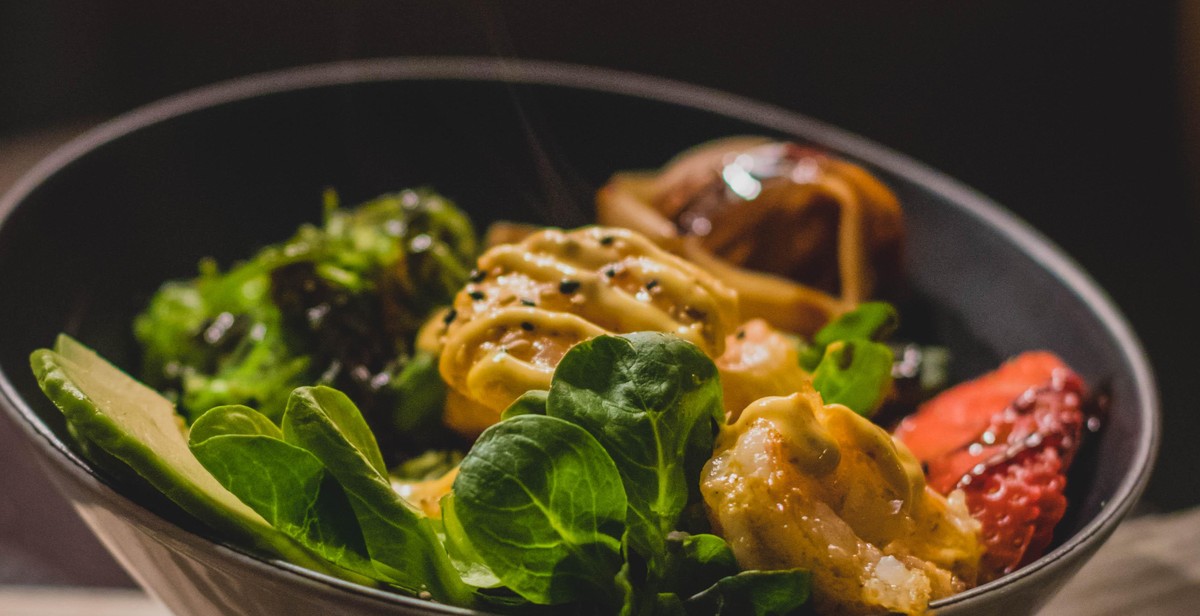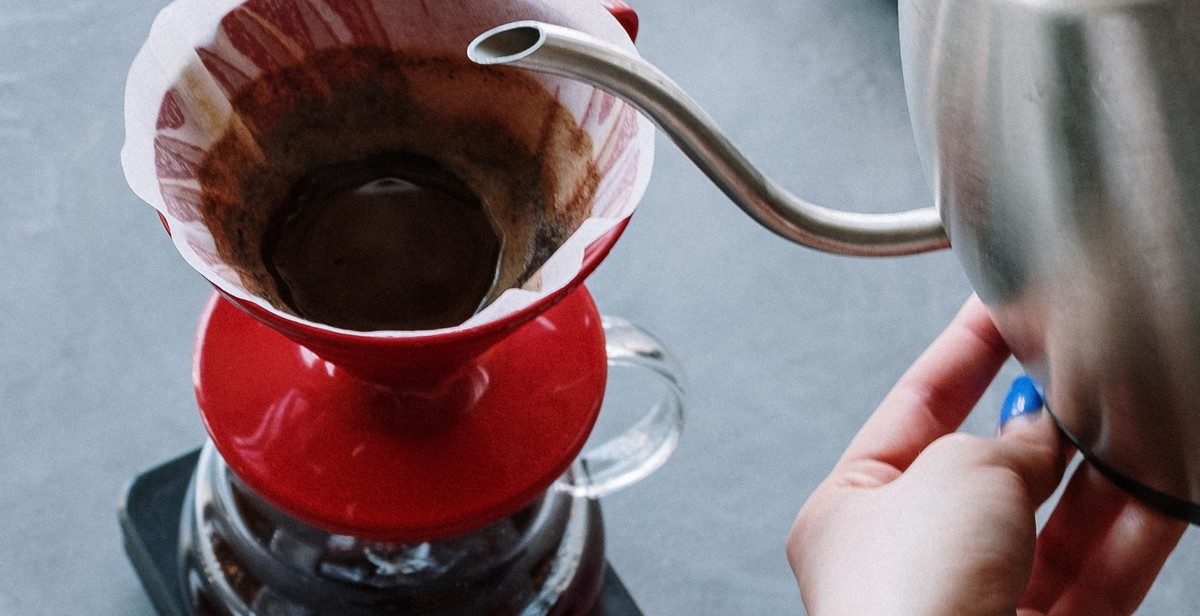Introduction: How to Brew Your Own Kombucha at Home
Kombucha is a fermented tea drink that has gained popularity in recent years due to its health benefits. It is made by fermenting sweetened tea with a SCOBY (Symbiotic Culture Of Bacteria and Yeast), which creates a tangy, slightly fizzy drink that is packed with probiotics and antioxidants.
Although kombucha can be found in most health food stores, making your own at home is not only cost-effective, but also allows you to customize the flavor and strength of your brew.
The Benefits of Kombucha
Kombucha is known for its many health benefits, including:
- Improved digestion and gut health
- Boosted immune system
- Reduced inflammation
- Increased energy and mental clarity
- Detoxification of the liver and other organs
These benefits are due to the presence of beneficial bacteria, yeast, and organic acids in the drink. Kombucha is also a low-sugar alternative to other sugary drinks, making it a great option for those looking to cut back on their sugar intake.
Getting Started with Kombucha Brewing
To get started with brewing your own kombucha, you will need a few basic supplies, including:
- A SCOBY
- Tea
- Sugar
- A glass jar
- A cloth cover
Once you have these supplies, you can begin the brewing process, which typically takes around 7-14 days depending on the desired strength and flavor of your kombucha. In the following sections, we will go over the step-by-step process of brewing your own kombucha at home.

Ingredients for Brewing Kombucha at Home
If you are planning to brew your own kombucha at home, you will need the following ingredients:
1. Tea
The first and most important ingredient for making kombucha is tea. You can use any type of tea, but black tea is the most commonly used. Green tea, oolong tea, and white tea can also be used. Make sure to use high-quality loose leaf tea instead of tea bags. The tea provides the necessary nutrients for the kombucha culture to grow.
2. Sugar
Sugar is another essential ingredient for making kombucha. It provides food for the kombucha culture to ferment. You can use any type of sugar, but white granulated sugar is the most commonly used. Avoid using artificial sweeteners or honey as they can harm the kombucha culture.
3. Kombucha Culture (SCOBY)
A SCOBY (Symbiotic Culture of Bacteria and Yeast) is the most important ingredient for making kombucha. It is a living culture that ferments the tea and sugar mixture. You can either buy a SCOBY online or get one from a friend who brews kombucha. Make sure to handle the SCOBY with clean hands and equipment to avoid contamination.
4. Water
Water is also an important ingredient for making kombucha. Make sure to use filtered or spring water instead of tap water. Tap water contains chlorine and other chemicals that can harm the kombucha culture. The water should be boiled and cooled before adding it to the tea and sugar mixture.
Now that you know the essential ingredients for making kombucha, you can start brewing your own delicious and healthy kombucha at home!

Equipment for Brewing Kombucha at Home
Before you start brewing your own kombucha at home, it is important to have the right equipment. Here are the essential items you will need:
Large Glass Jar
The first thing you will need is a large glass jar to brew your kombucha in. A gallon-sized jar is ideal, as it will give your SCOBY (symbiotic culture of bacteria and yeast) plenty of room to grow. Make sure the jar is made of glass and not plastic, as plastic can leach harmful chemicals into your kombucha. You can find large glass jars at most kitchen supply stores or online.
Cloth Cover and Rubber Band
To keep your kombucha safe from dust, insects, and other contaminants, you will need a cloth cover and rubber band. A clean dish towel or cheesecloth will work well as a cover. Simply place the cloth over the top of the jar and secure it with a rubber band. This will allow air to flow in and out of the jar, while keeping unwanted particles out.
Measuring Equipment
Measuring equipment is important for ensuring that you add the right amount of ingredients to your kombucha. You will need a measuring cup and spoons for measuring out your tea, sugar, and other ingredients. A kitchen scale can also be useful for measuring larger quantities of ingredients, such as sugar or fruit.
Conclusion
With these essential pieces of equipment, you will be well on your way to brewing your own delicious and healthy kombucha at home. In the next section, we will discuss the ingredients you will need to get started.

Brewing Process
Brewing kombucha at home is a simple and rewarding process that requires just a few key ingredients and some patience. Here’s how to do it:
Step 1: Prepare the Tea
Start by boiling 4 cups of water and adding 4-6 tea bags or 1-2 tablespoons of loose tea leaves. Let the tea steep for 10-15 minutes, then remove the tea bags or strain out the leaves and add 1 cup of sugar. Stir until the sugar dissolves.
Step 2: Add Sugar
Once the tea is cooled to room temperature, pour it into a clean, glass brewing vessel. Add 1 cup of starter liquid (previously brewed kombucha) and the SCOBY (Symbiotic Culture of Bacteria and Yeast).
Step 3: Add SCOBY and Starter Liquid
Gently place the SCOBY on top of the tea, with the smooth, shiny side facing up. Pour in the starter liquid, which will help to lower the pH and create an environment that is inhospitable to harmful bacteria.
Step 4: Cover and Ferment
Cover the brewing vessel with a clean cloth or coffee filter and secure it with a rubber band. Place the vessel in a warm, dark place where it won’t be disturbed for 7-14 days. During this time, the SCOBY will consume the sugar and produce carbon dioxide, which will cause the tea to become naturally carbonated.
Step 5: Flavor and Bottle
After 7-14 days, taste the kombucha to see if it’s ready. It should be tart and slightly sweet. If it’s too sweet, let it ferment for a few more days. If it’s too tart, reduce the fermentation time for your next batch. Once it’s ready, remove the SCOBY and reserve 1 cup of the liquid as starter for your next batch. Flavor the remaining kombucha with fruit juice, herbs, or spices, then transfer it to clean, airtight bottles.
Step 6: Second Fermentation (Optional)
If you want to increase the carbonation of your kombucha, you can do a second fermentation. Simply transfer the bottled kombucha to a warm, dark place and let it sit for 1-3 days. Check the carbonation level daily by opening the bottles. When the kombucha is carbonated to your liking, transfer it to the fridge to slow down the fermentation process.

Tips for Success: How to Brew Your Own Kombucha at Home
Brewing your own kombucha at home can be a fun and rewarding experience. However, it’s important to follow some key tips to ensure that your kombucha turns out delicious and safe to consume.
Cleanliness is Key
One of the most important aspects of brewing kombucha is maintaining a clean environment. Make sure all containers and utensils are thoroughly washed and sanitized before use. This will help prevent any unwanted bacteria from contaminating your brew.
Use Good Quality Ingredients
Using high-quality ingredients is essential for making great-tasting kombucha. Make sure to use organic tea and sugar, as well as filtered water. Avoid using tap water, which may contain chlorine or other chemicals that can harm the SCOBY (symbiotic culture of bacteria and yeast) used to ferment the tea.
Pay Attention to Temperature
The temperature of your brewing environment can have a big impact on the flavor and quality of your kombucha. Aim to keep the temperature between 68-78°F (20-26°C) for optimal fermentation. If the temperature is too low, the fermentation process may take longer. If it’s too high, the kombucha may develop a sour taste.
Experiment with Flavors
Kombucha can be flavored in many ways, so don’t be afraid to get creative. Consider adding fresh fruit, herbs, or spices to your brew during the secondary fermentation process. This can add depth and complexity to the flavor of your kombucha.
- Remember to always use clean and sanitized equipment
- Use high-quality ingredients to ensure the best tasting kombucha
- Pay attention to temperature to optimize fermentation
- Experiment with flavors to create unique and delicious kombucha
By following these tips, you’ll be well on your way to brewing delicious and healthy kombucha at home.

Conclusion
Brewing your own kombucha at home can be a fun and rewarding experience. Not only do you get to enjoy a delicious and healthy beverage, but you also have the satisfaction of creating something yourself. With the right equipment and ingredients, making kombucha is relatively easy and straightforward.
Remember to follow the proper brewing techniques and safety precautions to ensure that your kombucha turns out just right. It’s important to use high-quality tea and sugar, and to keep your brewing vessel clean and sanitized.
Experiment with different flavors and ingredients to find the perfect combination that suits your taste. You can add fruits, spices, and herbs to give your kombucha a unique twist.
Finally, if you’re new to brewing kombucha, don’t be afraid to seek advice and guidance from experienced brewers. Joining a kombucha community or attending a workshop can be a great way to learn new techniques and connect with like-minded individuals.
So, get brewing and enjoy the many benefits of this delicious and healthy drink!
| Pros | Cons |
|---|---|
|
|
